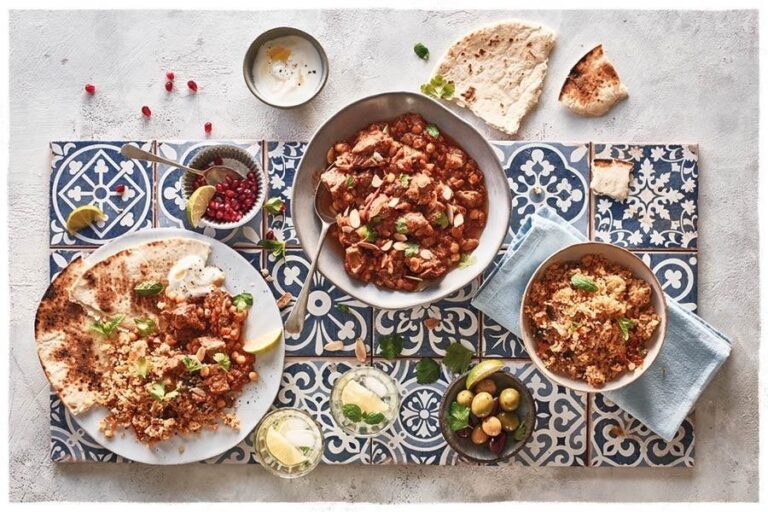
In today’s interconnected world, culinary diversity has become more accessible than ever, offering a rich tapestry of flavors, ingredients, and traditions that reflect the cultural tapestries of various regions. From the bustling street food markets of Southeast Asia to the Michelin-starred restaurants of Europe, exploring global cuisines is a delightful journey that tantalizes the senses and broadens culinary horizons.

Introduction to Global Cuisines
Global cuisines encompass a vast array of culinary traditions, each with its own unique ingredients, cooking techniques, and cultural significance. These cuisines are not only about food but also serve as a gateway to understanding the history, geography, and traditions of different countries and regions.
Asian Delights: From Sushi to Pho
Asia boasts some of the world’s oldest and most diverse culinary traditions. Japanese cuisine, renowned for its meticulous preparation and emphasis on fresh ingredients, offers a spectrum of flavors from delicate sashimi to robust ramen bowls. Meanwhile, Vietnamese pho showcases the harmonious blend of aromatic herbs, rice noodles, and savory broth, embodying the essence of Vietnamese culinary philosophy.
European Elegance: From Pasta to Paella
European cuisines are celebrated for their sophistication and diversity. Italian pasta dishes, ranging from hearty ragù alla bolognese to delicate seafood linguine, highlight the artistry of pasta-making and regional flavor profiles. On the Iberian Peninsula, Spanish paella exemplifies the vibrant flavors of saffron-infused rice, seafood, and chorizo, offering a taste of Mediterranean indulgence.
Latin American Fiesta: From Tacos to Ceviche
Latin American cuisines are a celebration of bold flavors and vibrant ingredients. Mexican tacos, with their versatile fillings of carne asada or marinated fish, epitomize street food culture and culinary creativity. Peruvian ceviche, featuring fresh seafood marinated in zesty citrus juices and spicy rocoto peppers, showcases the fusion of indigenous and immigrant culinary influences in South America.
Middle Eastern Mystique: From Hummus to Shawarma
Middle Eastern cuisines captivate with their aromatic spices and wholesome ingredients. Lebanese mezze, with its array of small dishes like hummus, tabbouleh, and falafel, invites diners to savor the essence of communal dining and hospitality. Turkish shawarma, layers of marinated meat roasted on a vertical spit and served with flatbread and tangy yogurt sauce, exemplifies the region’s mastery of grilled meats and bold flavors.
African Savory Delights: From Tagine to Bobotie
African cuisines reflect the continent’s rich cultural heritage and diverse landscapes. Moroccan tagine, slow-cooked stews of tender meat, vegetables, and dried fruits simmered with aromatic spices, showcases North African culinary traditions and hospitality. South African bobotie, a savory-sweet dish of minced meat baked with spices, egg custard, and raisins, embodies the fusion of African, Dutch, and Malay influences in Southern Africa.
Conclusion: Embracing Culinary Diversity
Exploring global cuisines offers more than just a gastronomic experience—it’s a journey that fosters cultural understanding, appreciation for diverse traditions, and the joy of discovering new flavors. Whether indulging in street food in Bangkok, savoring tapas in Barcelona, or enjoying a traditional tea ceremony in Japan, each culinary encounter invites us to celebrate the richness of our world’s culinary heritage.








